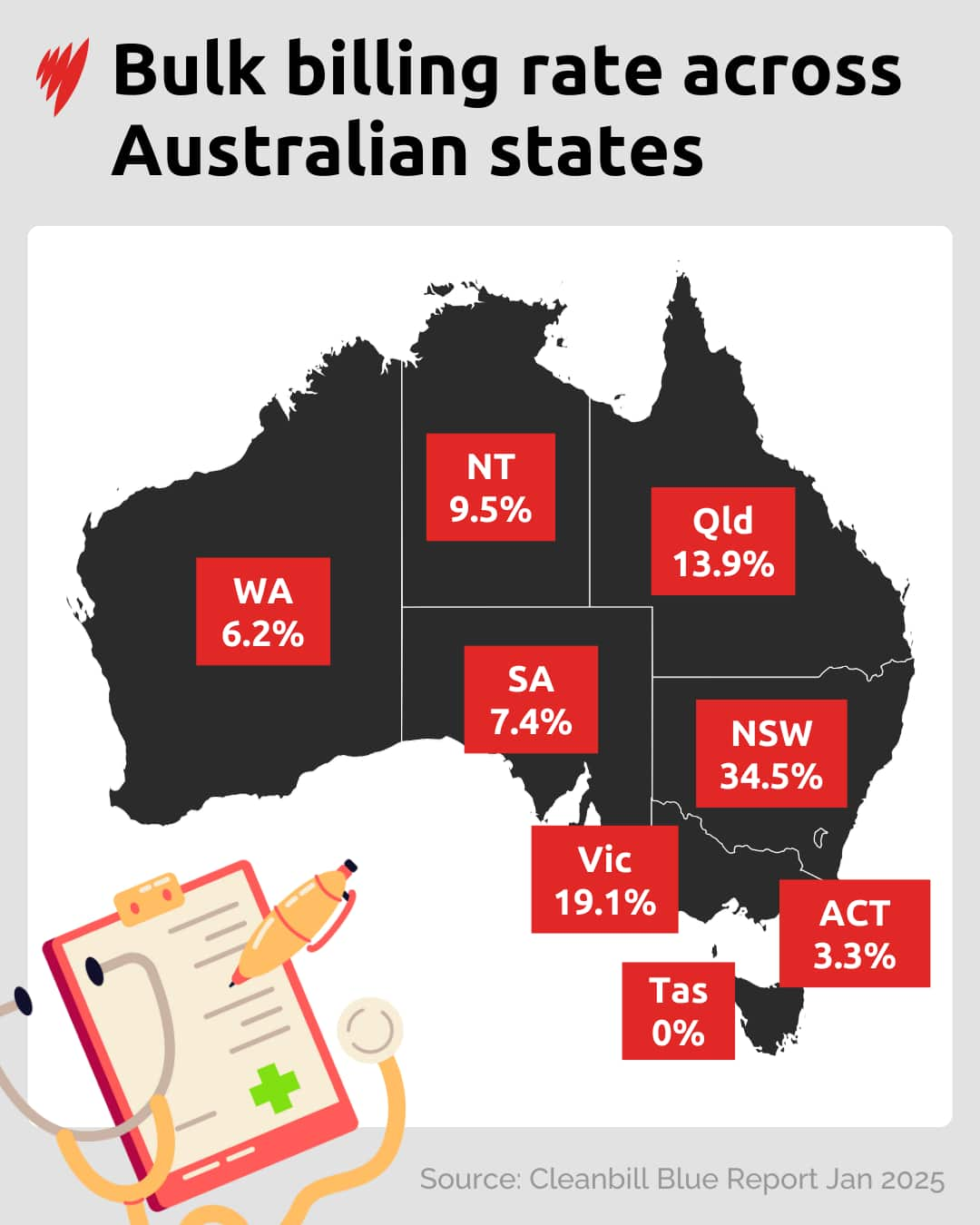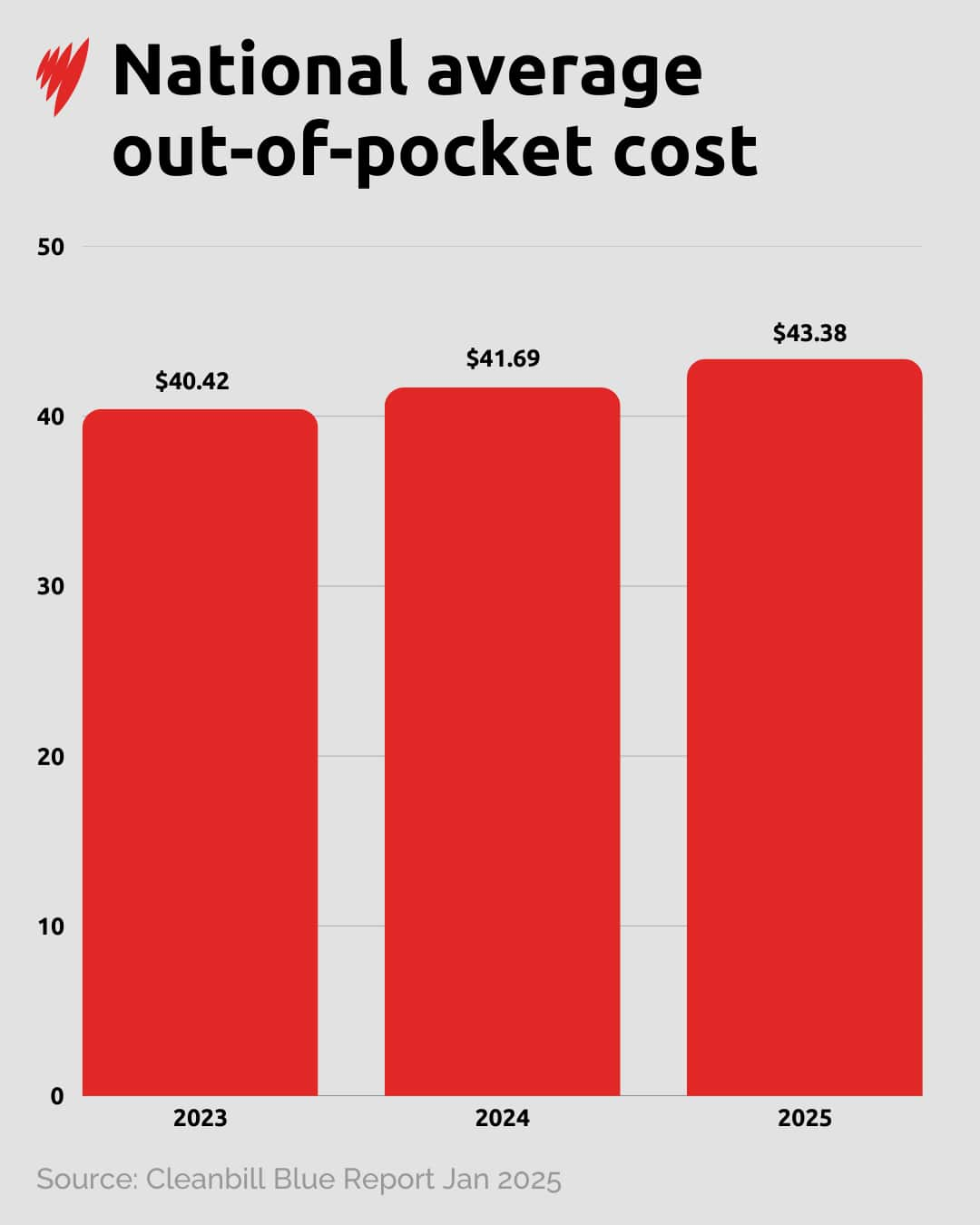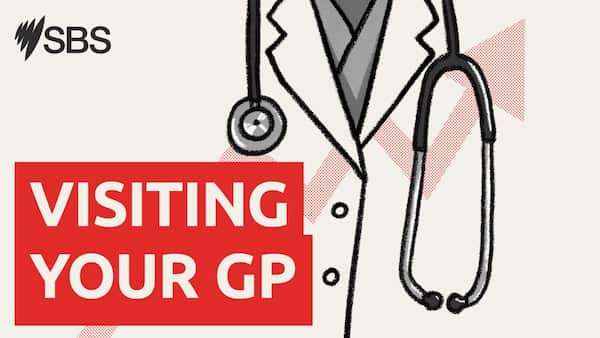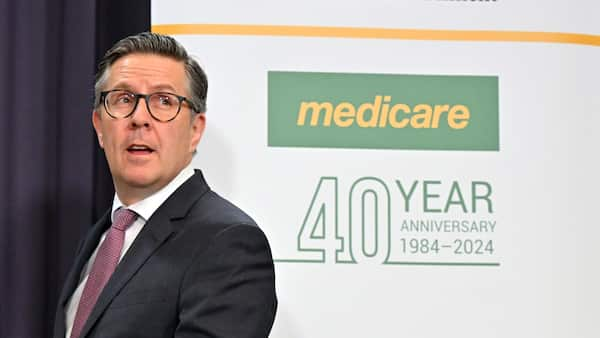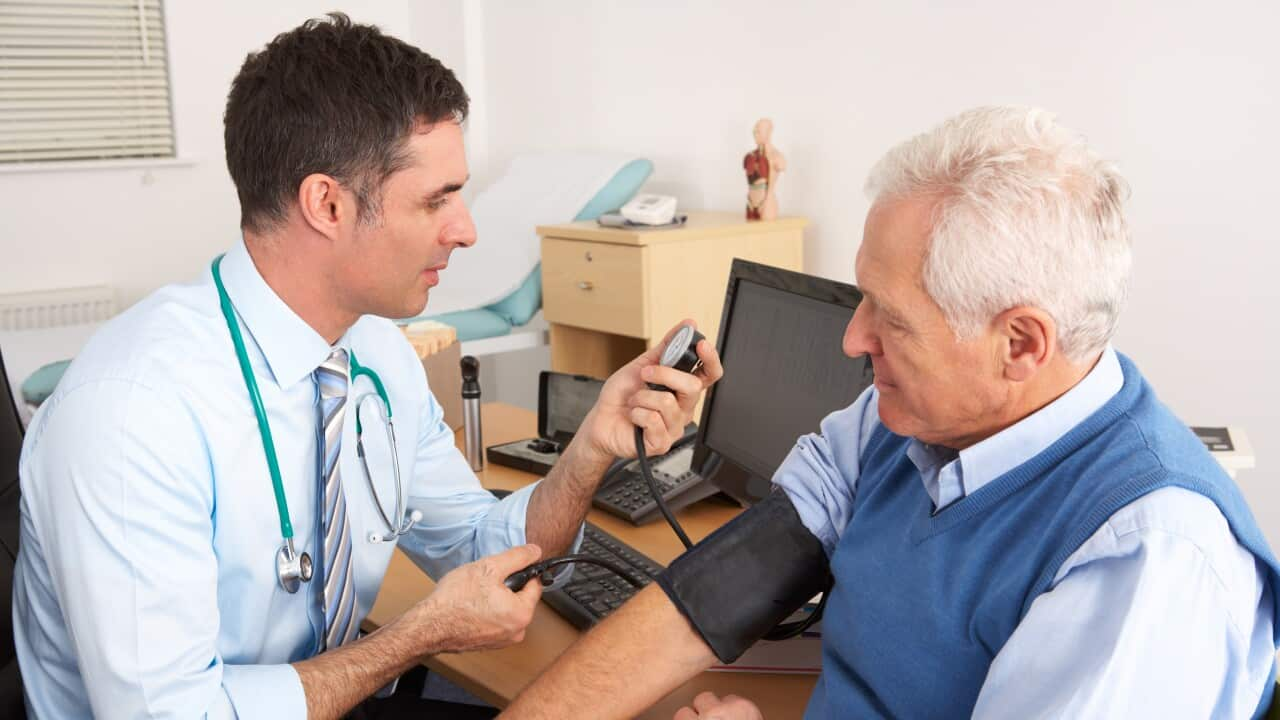A new report has found “concerning trends” for healthcare accessibility in Australia, with decreasing rates of GP clinics bulk billing non-concession card holders and such patients paying more out-of-pocket for general practitioner appointments.
However, the government has rejected the report’s findings and insisted that overall bulk billing visit numbers — if concession card holders and under-16s are included — show a clear increase.
The national Blue Report published by healthcare directory Cleanbill looked at nearly 7,000 GP clinics across the country and found a decrease in the rate of bulk billing GP clinics across all states and territories.
On average, the proportion of such has decreased by 3.5 per cent nationally since last year, from 24.2 per cent to 20.7 per cent, the report found.
The report defines the bulk billing rate as the number of clinics that will bulk bill a new adult patient without concessions who attends a standard consultation during regular hours, divided by the total number of available clinics in the area.
Cleanbill collects this data by calling clinics and asking whether they provide bulk billing to such patients.
It says its data “aims to provide the best understanding of what every GP clinic around you would say if you, as an adult without concessions, asked for their pricing and availability information for a standard consultation during regular, weekday business hours”.
Across the states and territories, NSW GP clinics had the highest rate of bulk billing (34.5 per cent) and Tasmania the lowest (0 per cent).
The Cleanbill report’s authors said the findings “paint a concerning picture for healthcare accessibility in Australia”.
Government says bulk billing rates rising
In November last year, the government released bulk billing data — which includes visits from concession card holders and under-16s — that paints a different picture than Cleanbill’s.
The government’s data showed the proportion of all GP visits nationwide that were bulk billed increased from 75.6 per cent to 77.3 per cent between October 2023 and October 2024.
The government attributed the increase to its tripling of Medicare bulk billing incentive payments in late 2023.
Medicare incentive payments are separate from general patient rebates and only apply to bulk billed under-16s and Commonwealth concession card holders.
In response to a request for comment on the Cleanbill report, Health Minister Mark Butler told SBS News: “After we tripled the bulk billing incentive for GPs, bulk billing has started rising again in every state and territory.”
“Every state and territory now has more bulk billing, with the largest rise in some states which have historically struggled with lower rates of bulk billing.”
Paying more out-of-pocket
The Cleanbill report also found that not only are patients being bulk billed less, they are also paying more out-of-pocket for GP visits.
The national average cost of visiting a doctor has increased by 4.1 per cent since last year from $41.69 to $43.38 and patients in Tasmania are paying the most at $54.26 per visit.
The rising cost of GP visits has meant that more Australians are turning away from making appointments.
Analysis from the Australian Bureau of Statistics found 8.8 per cent of people in 2023-24 reported not visiting the GP due to costs — up from 7 per cent in 2022-23.
In 2021-22 only 3.5 of people put off or did not see a GP when they needed to due to the cost.
Royal Australian College of General Practitioners (RACGP) president Dr Michael Wright told SBS News that patients’ avoidance of GPs due to cost also means that more people eventually end up in hospital emergency rooms, which is far more costly to the healthcare system.
“It’s kind of not good for anyone’s health, and it’s bad for taxpayers if patients aren’t able to get in to see their GP if it’s not affordable and accessible,” he said.
Bulk billing incentives
Wright said that while the incentives helped to increase funding for those groups, “it hasn’t helped the majority of Australia”.
Data from the Australian Institute of Health and Welfare has found bulk billing depends heavily on where a person lives, with people in remote areas more likely to be bulk billed for GP visits but also likely to pay more when they are not bulk billed.
In 2023, patients living in very remote areas who weren’t bulk billed paid an average of $49 in out-of-pocket costs, compared to those in major cities who paid an average of $43.
GPs call for rebate increase
The Grattan Institute’s health program director Peter Breadon told SBS News that there were consistently low rates of bulk billing in “GP deserts” such as Tasmania, the ACT, and remote parts of Australia.
Breadon said the decrease in bulk billing and increase in prices has been driven at least in part by an increase in the expense of running a GP clinic in recent years.
“This cost of living crisis has affected most people through Australia and GPs, of course, aren’t exempted from that,” he said.
RACGP NSW and ACT chair Dr Rebekah Hoffman said the federal government needed to increase the patient rebate in line with inflation.
“Just to be able to turn the lights on and open the door, any increase, any improvement in patient rebates, would absolutely be welcomed by GPs,” she said.
To battle rising costs, the RACGP has called for a 20 per cent increase in Medicare rebates for GP consultations, as well as for GP mental health items.
Wright said Medicare rebates should be increased for all patients but particularly for longer consultations “which is where the chronic and complex care happens, so that we can bulk bill more of those appointments and also reduce the out-of-pocket costs for people who aren’t being bulk billed”.
Breadon said other factors such as rent, specialisation and higher quality of care can also contribute to the cost of visiting a doctor and there are no regulations of fees, so “clinics can charge basically whatever they like or whatever patients are willing to pay”.
Breadon said there are more ways GP clinics could be incentivised to offer bulk billing to more patients beyond the current federal incentive.
In June, the NSW government launched a new incentive that provides an ongoing rebate to GPs who meet a bulk billing threshold of 80 per cent of services in Sydney and 70 per cent in the rest of NSW.
